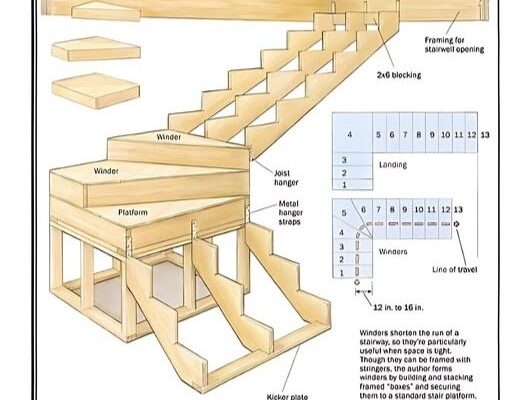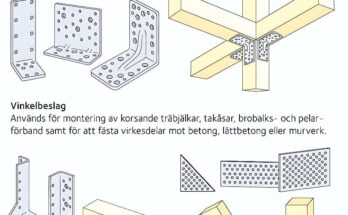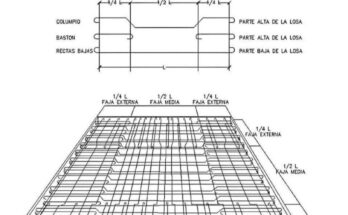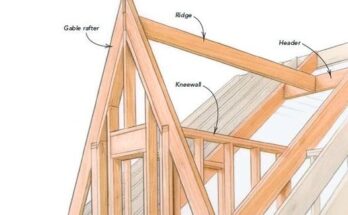This detailed illustration dissects the construction of a stairway incorporating winders, offering a comprehensive view of its components and how they integrate to create a staircase that changes direction without a traditional landing. Winders are steps that are wider on one side than the other, used to turn the direction of a staircase within a smaller space than a straight flight with a landing. This diagram is invaluable for carpenters, builders, and DIY enthusiasts seeking to understand the intricacies of building such space-saving staircases.
The illustration presents several key perspectives and detailed views:
1. Exploded Isometric View:
The primary view showcases an exploded isometric representation of the winder staircase. This allows for a clear understanding of how the individual elements fit together. Key components highlighted include:
- Stringers: The angled structural members that support the treads and risers. In this design, the stringers are notched to receive the treads.
- Treads: The horizontal walking surfaces of the stairs. Regular treads are shown in the straight sections, transitioning to the uniquely shaped winder treads.
- Risers: The vertical boards placed between the treads, contributing to the structural integrity and the aesthetic of the staircase. Some sections might be open without risers, depending on the design.
- Winders: The trapezoidal-shaped treads used to navigate the turn. These steps are wider on the outer radius of the turn and narrower on the inner radius. The diagram clearly shows how multiple winders are clustered to create the change in direction.
- Platform: A small, often rectangular landing area where the straight flight transitions into the winders. This provides a brief level surface before the turn begins.
- Framing for Stairwell Opening: The surrounding structural framing of the floor or landing that the staircase is attached to. This indicates the opening within which the staircase is constructed.
- 2×6 Blocking: Wooden blocks used for reinforcement and to provide solid backing for attaching stringers and other components to the framing.
- Metal Hanger Straps: Metal connectors used to securely attach the stringers to the supporting structure, ensuring a strong and stable connection.
- Joist Hanger: A specific type of metal connector used to hang the platform or other framing members from joists or beams.
- Kicker Plate: A structural element at the bottom of the stringer that provides a secure anchor point to the lower floor or landing.
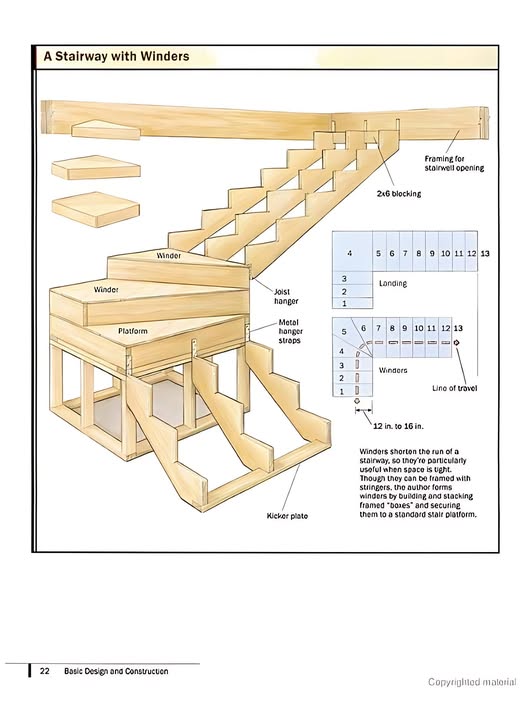
2. Individual Components:
Separate insets illustrate individual elements like a standard tread and a winder tread in isolation, emphasizing their shapes and how they differ. The winder tread clearly shows its non-rectangular form, crucial for creating the turn.
3. Top View with Line of Travel:
A top-down view provides a schematic representation of the staircase’s footprint and the intended path of travel. Numbered steps are shown, transitioning from regular rectangular treads to the angled winders and then continuing with regular treads towards the landing. The “Line of travel” is indicated as a curved path through the center of the treads, demonstrating how the user naturally navigates the turn created by the winders. The dimensions “12 in. to 16 in.” are noted along this line of travel on the winders, highlighting the importance of maintaining a consistent and safe tread depth where the foot lands.
In essence, this illustration provides a detailed visual and textual guide to understanding the construction of a stairway with winders. It highlights the unique shape and arrangement of the winder treads, their integration with stringers and platforms, and the overall space-saving benefits of this staircase design. The exploded view, individual component details, top view with the line of travel, and explanatory text collectively offer a comprehensive understanding of how these turning staircases are built and navigated.
